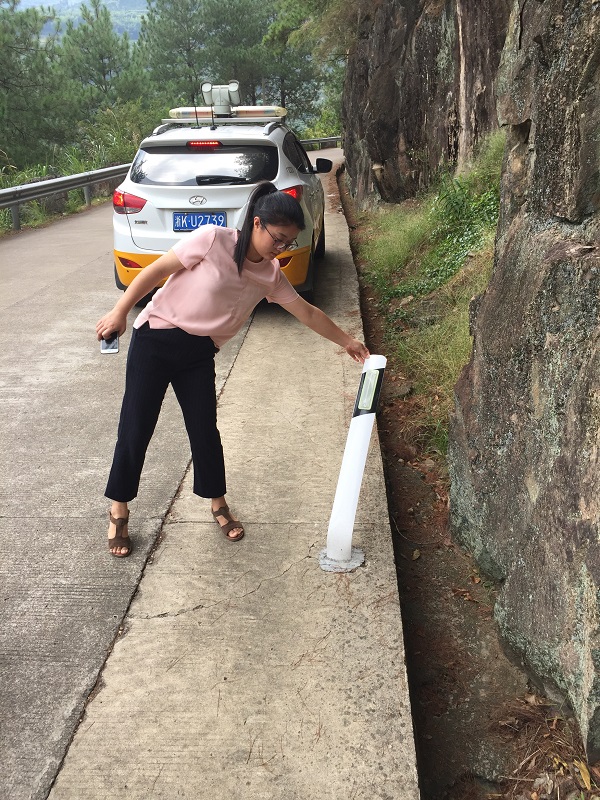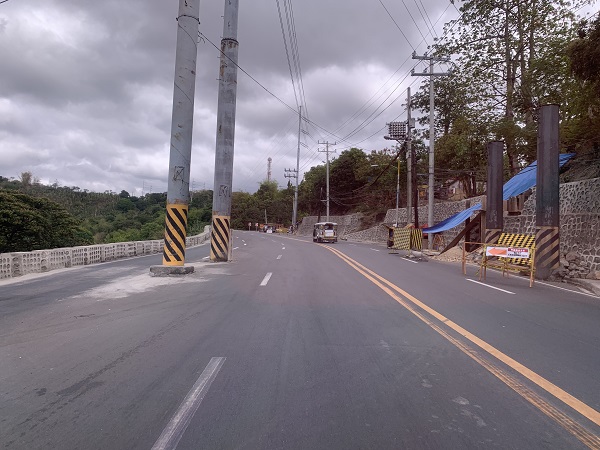





Roadside Safety - Hazard Removal
bridge piers/buildings/tunnel portals gantries/masts/noise barriers trees rock outcrops and ruts on the ground street furniture such as signs, lighting columns and electricity poles stalls set up too close to the road embankments, steep side slopes and vertical drops water bodies ravines, gorges and open drains.
Reduced severity of run-off-road crashes. Reduced road furniture repair costs associated with crash damage. Can improve Sight Distance .
After roadside hazards are removed, the roadside should be left in a safe condition. Large stumps and deep holes are hazards that may remain after removal of a tree. Replacement of removed trees with more appropriate plants should be considered, otherwise re-growth or soil erosion may affect the site. It is not always possible to remove, replace or put barriers around roadside hazards, particularly in urban areas where space is limited. Reducing vehicle speeds is an alternative solution. Where roadside hazards such as lighting columns and sign posts are to be replaced with frangible posts both their design and location must be be carefully considered in order to reduce the risk of the posts hitting pedestrians and other road users or causing secondary collisions. Frangible posts that contain an electrical supply can be fitted with a pull-out plug to prevent tethering and will also provide electrical isolation on impact.
Treatment Summary
25-40% |
Case Studies
Related Images

Covered drain and coloured skid-resistant pavement in China. Image credit: Greg Smith 
Flexible guidepost in China to delineate hazardous roadside. Image credit: Greg Smith 
Hazardous poles in the road in the Philippines. Image credit: Alina Burlacu 
Roadside hazard in Manila, Philippines. Image credit: Greg Smith 
Roadside hazards, Roxas Blvd Manila Philippines. Image credit: Greg Smith










